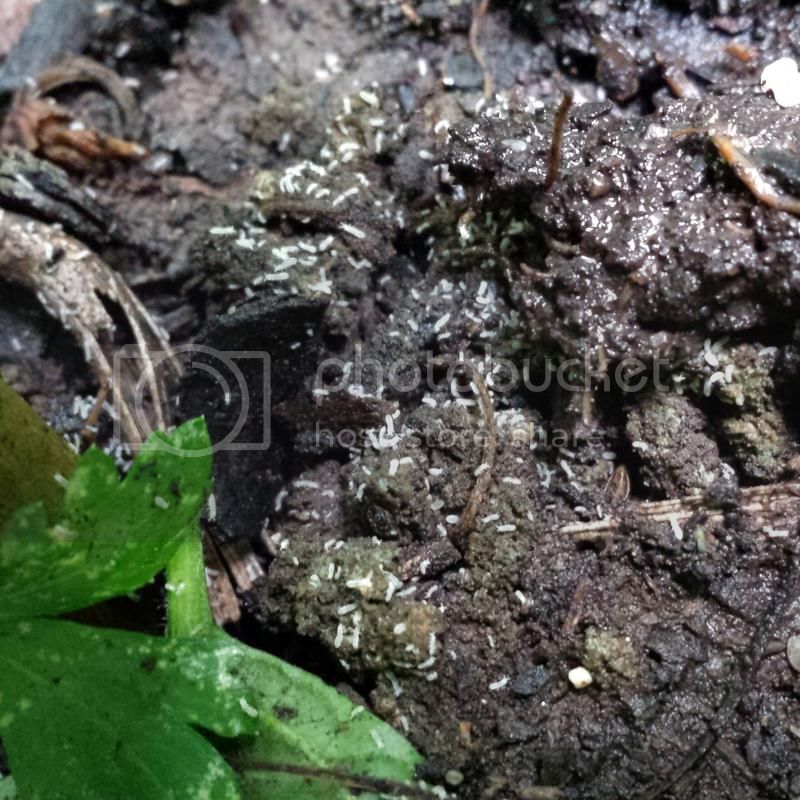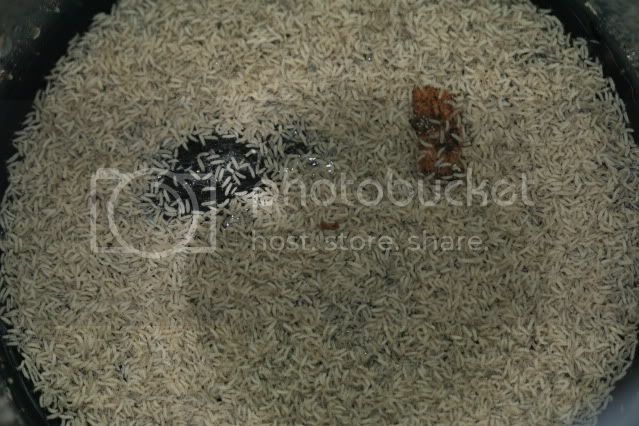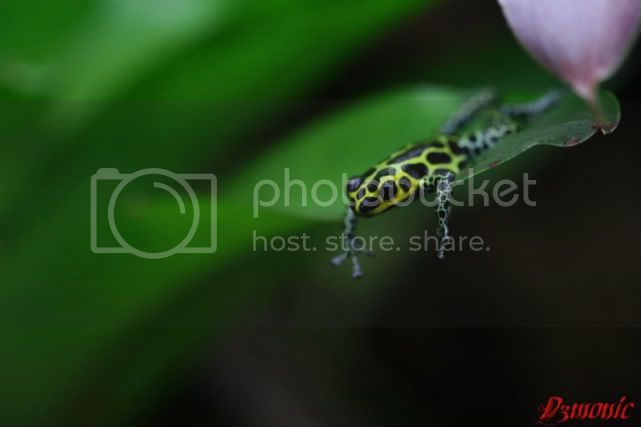Those are mainly adults, the sprinngtail egg hatches into a nymph (miniature adult -- rather like humans).
Outdoors, they probably aren't a problem. They are the 'cottontail rabbit' or 'plankton' link in their own immediate food chain. Their population explodes in active compost heaps or anywhere decaying vegetable matter occurs. High populations of predatory mites and other tiny carnivores manifest similar "algal bloom"-type population growth shortly after.
The respective populations shift a lot, but remain stable and balanced. It's likely they will helpfully turn rotting material into accessable nutrients for your plants, much like earthworms.
Indoors, in soil-less peat-based media, with 'raw'or uncomposted granulated organic fertilizers (fish meal, alfalfa meal, kelpmeal, etc.), they can be a sudden-onset pestilence... once their population reaches a point where all the organic nutrients have been consumed, they promptly graze all the root hairs off every plant and no plant will form a functional root hair till you eliminate them.
I found that out while experimenting with leaf lettuce.
Deliberately populating each potful of lettuce with predatory mites (Hypoaspis miles -- you can order these) is a cheap preventive. They can feed on the same fare as springtails if none are present, and their populations grow particularly well when scavenging on fishmeal particles.
If you ever try that set-up with lettuce, don't be squeamish. The mites almost never leave the soil. Not only do they require near-100% relative humidity, they are phobic of any amount of light. Shortly after sunrise (or lights bejng turned on), even the most maverick specimens are going to be faithfully patrolling the root systems of your plants. It's rare to ever find one on foliage, and if you see it (they're about 1mm. in size), you've just turned on a light, and it's running downwards... they move quickly, when you consider how short their legs are!




